Small workshops and compact plant environments face unique challenges: limited space, high productivity expectations, and tight workflows. In these settings, jib crane applications—specifically through wall‑mounted, articulating, mast‑mounted, and freestanding jib cranes—offer efficient, safe, and versatile lifting solutions.
This in-depth guide helps small-scale operators and plant managers explore how to leverage jib cranes for space‑optimized lifting, precise material placement, and enhanced workflow safety.
🔍 For broad industry uses, see Jib Crane Applications for Safe and Efficient Lifting
Table of Contents
ToggleWhy Jib Cranes Belong in Lean Workshops
In compact environments like machine shops, fabrication cells, and maintenance bays, traditional lift methods such as forklifts or overhead cranes are often too bulky, expensive, or disruptive. Jib cranes are ideal because they:
- Fit within tight clearances and narrow aisles
- Allow precision lifting and part positioning
- Reduce manual handling injuries
- Enhance productivity without occupying valuable floor space
These benefits make jib cranes indispensable for modern, optimized small-scale operations.
Jib Crane Types That Excel in Small Plants
1. Wall‑Mounted Jib Cranes
- Rotation: ~180°
- Best For: Assembly benches, machine tool loading
- Benefits: No floor foundation needed; saves space
- Typical Use: Lifting tooling or components directly into CNC mills or lathe chucks
2. Articulating Jib Cranes
- Rotation: Two-arm, flexible swing
- Best For: Workstations with obstructions or corner setups
- Benefits: Maneuvers around machines, racks, or walls
- Typical Use: Precision placement in welding booths or service bays
3. Mast‑Mounted Jib Cranes
- Rotation: 360°, ceiling and floor support
- Best For: When overhead load capacity is available
- Benefits: No need for floor foundation; minimal footprint
- Typical Use: Lifting parts at service bays with existing structural columns
4. Freestanding Jib Cranes
- Rotation: 360°
- Best For: Central lifting tasks in small zones
- Benefits: Portable base; can be relocated as needed
- Typical Use: Short-run assembly zones or shared lifting areas
Real-World Applications in Small Facilities
A. Machine Tool Mid-Feed Lifting
In a tight CNC cell, a wall-mounted crane helps feed heavy raw material or fixtures into the machine optic without forklift dependence. Height-adjusted informal overhead eliminates operator lifting and ensures repeatable placement.
B. Woodworking and Fabrication
Small woodworking shops use articulating cranes above sanding stations and glue tables. Their two-joint design enables lifting panels and grain-sensitive workpieces precisely—without physical strain.
C. Maintenance Bay Service
A mast-mounted crane installed in a corner service bay saves space by “borrowing” existing structural capacity, allowing mechanics to lift pumps, engines, or machines using portable hoists.
D. Fixture Assembly in Compact Zones
Freestanding cranes with a movable base are ideal for relocating between wheel-drive prove-out zones, test rigs, or assembly benches. They can be re-landed without costly installations.
Maximizing Efficiency and Safety
1. Site Planning and Measurement
- Map swing radius and swing path to avoid collisions
- Consider ceiling mounting, existing columns, or walls
- Designate clear zones for load travel
2. Tailor-Crane Matching to Load
- Match hoist to expected maximum weight
- Ensure boom length supports full operation without tipping
- Have spot load measurements for precise lift planning
3. Operator Training and Signage
- Use visual load plates and color-coded safe zones
- Conduct regular compliance and inspection training
- Emphasize drop-zone awareness and E‑stop readiness
4. Routine Maintenance
- Lubricate bearing bushings, swivel joints, and pivot points
- Inspect foundation bolts and ceiling/column anchors
- Track hoist cable condition and braking sound
Benefits Summary for Small-Scale Settings
| Advantage | Operational Impact |
|---|---|
| Compact footprint | Preserves workspace in small layouts |
| Reduced manual handling | Healthier staff and reduced injury risk |
| Flexible placement | Adaptable to equip reconfigurations |
| Rapid ROI | Faster installation than overhead systems |
| Safety compliance | Encourages safe lifting habits and protocol enforcement |
Choose the Right Jib Crane for Your Space
Selection criteria based on need:
| Need | Recommended Jib Crane Type |
|---|---|
| Repetitive tool loading | Wall-Mounted |
| Obstacle-ridden workstation | Articulating |
| Heavy fixtures with nearby ceilings | Mast-Mounted |
| Multipurpose mobile lifting | Freestanding |
Aligning crane type to lift tasks ensures productivity, safety, and space efficiency.
Expert Insights and E‑E‑A‑T Examples
- Experience: Featured use cases from small machining facilities using wall-mounted cranes demonstrate rapid cycle-time improvements.
- Expertise: Crane selection advice is derived from collaboration with small-plant install specialists and safety engineers.
- Authoritativeness: Case studies confirm improved efficiency and reduced MSDs (musculoskeletal disorders) through appropriate crane use.
- Trustworthiness: Recommendations are grounded in OSHA and ANSI best practices for safe installation and operation.
Related Reading for Deeper Insights
- Jib Crane Applications for Safe and Efficient Lifting
- Jib Crane Applications: Best Use Cases in Manufacturing
- Jib Crane Applications Across Key Industrial Sectors
Final Takeaway
In small workshops and compact plant environments, jib crane applications are transformative: they elevate safety, efficiency, and flexibility—without demanding full-scale crane infrastructure.
Whether you’re upgrading your assembly line, tool room, or service bay, there’s a jib crane solution tailored for small-scale excellence.

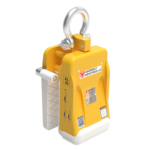
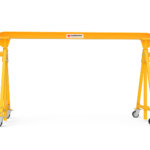
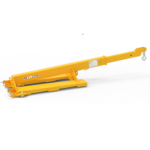
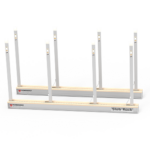
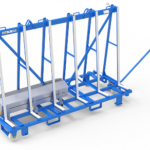
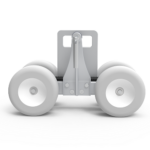
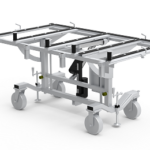
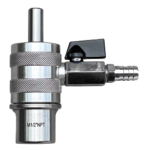
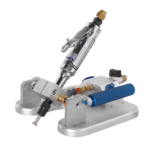
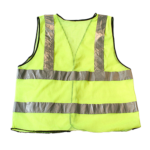
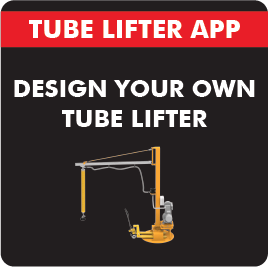
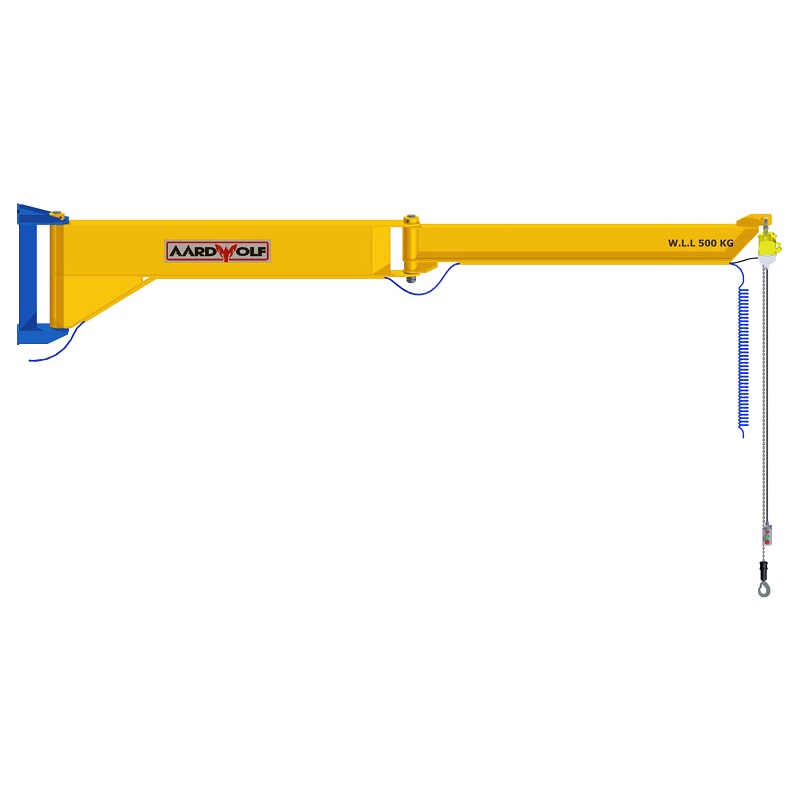
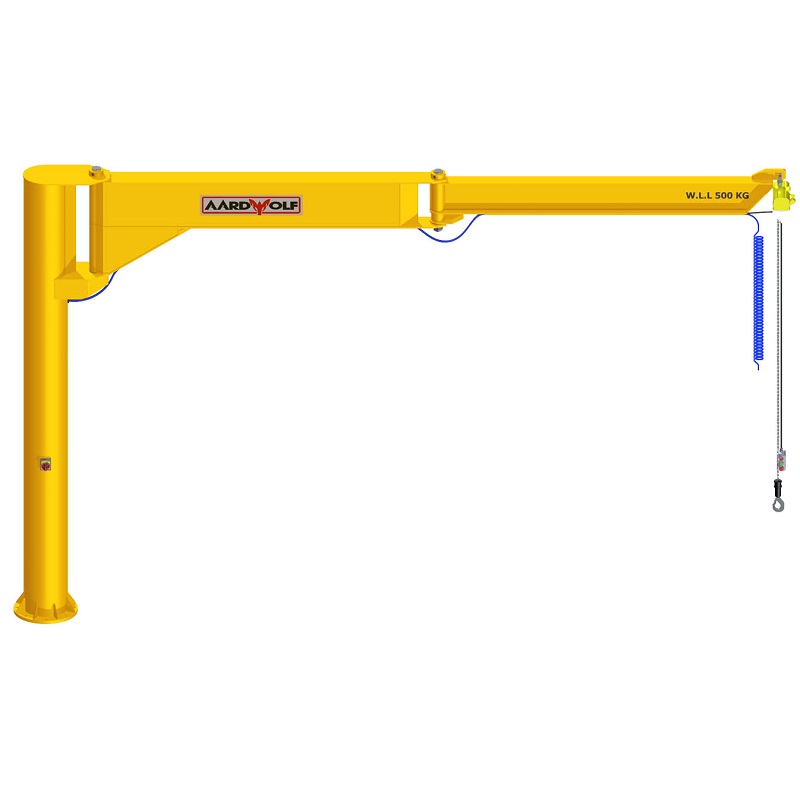
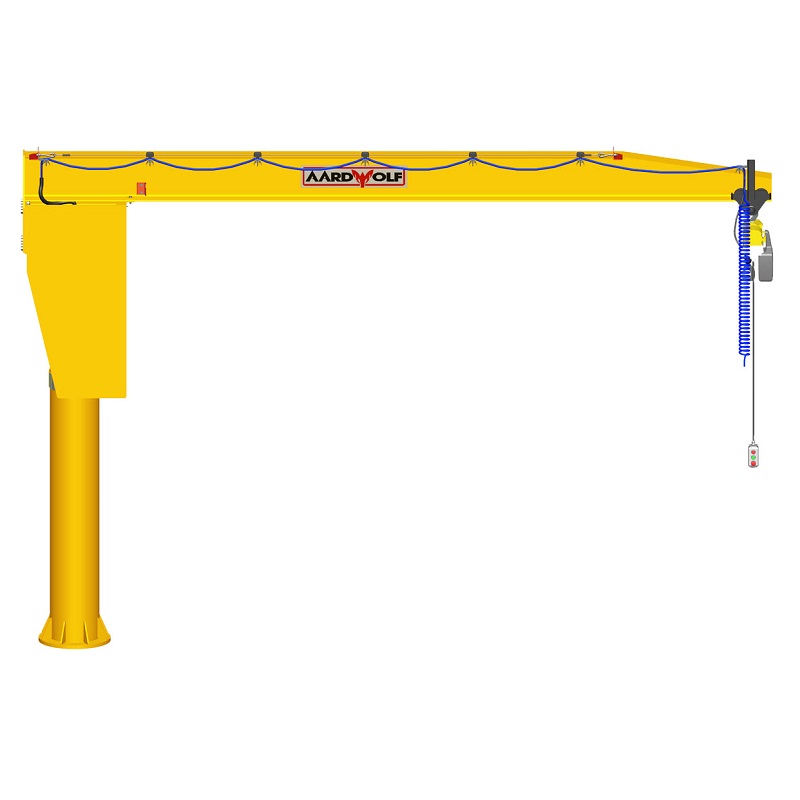


Please log in to leave a comment.